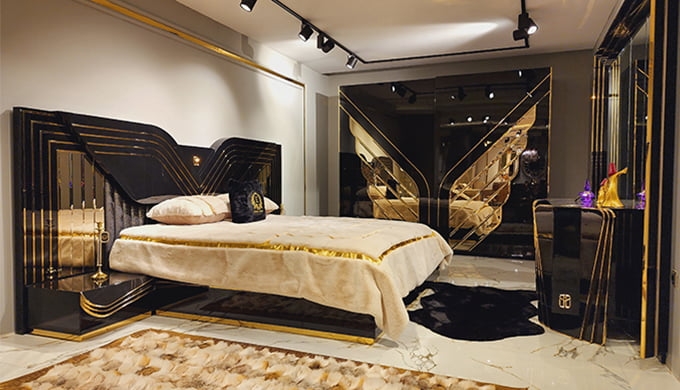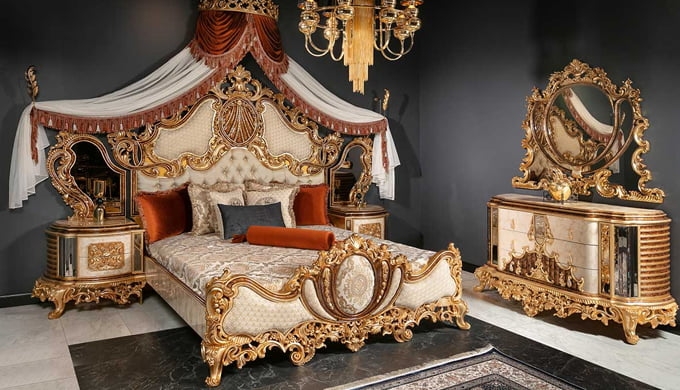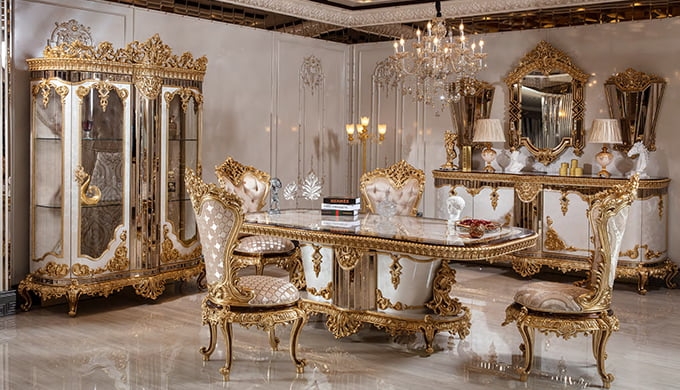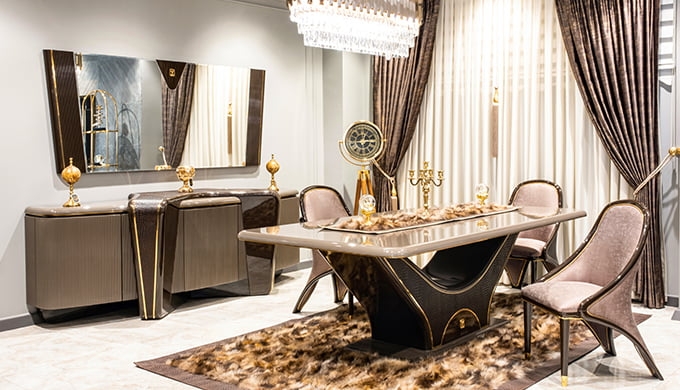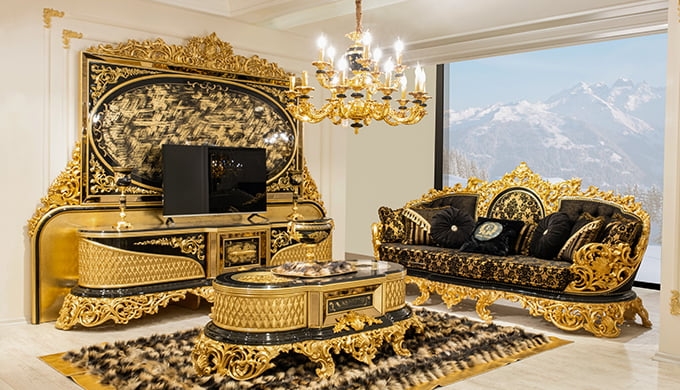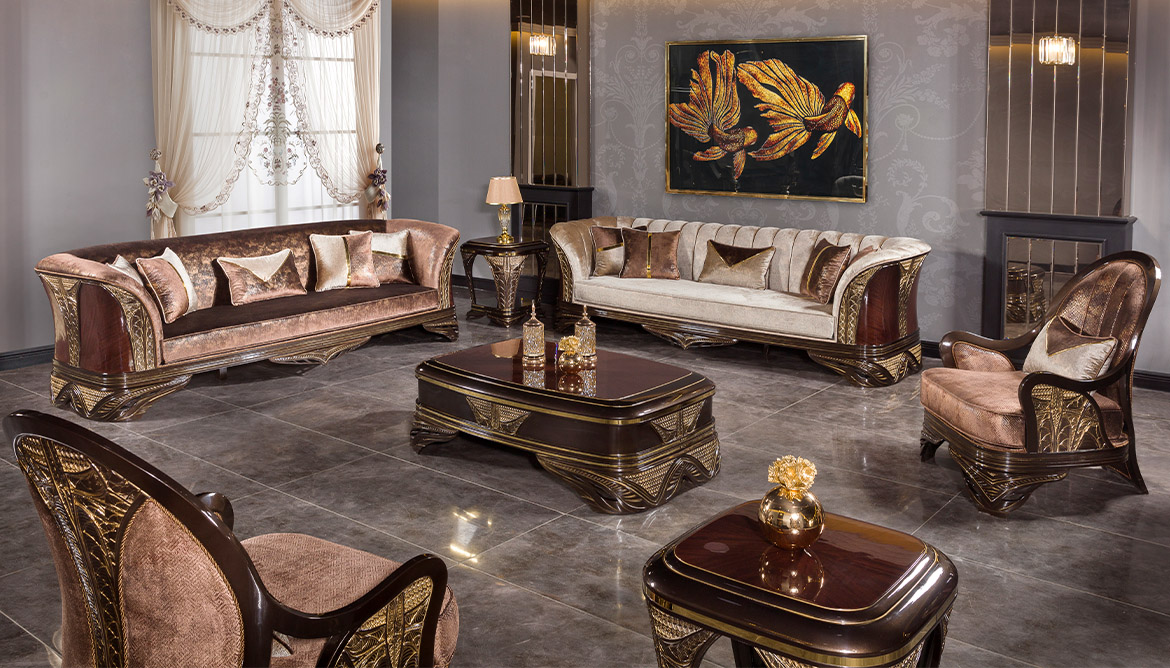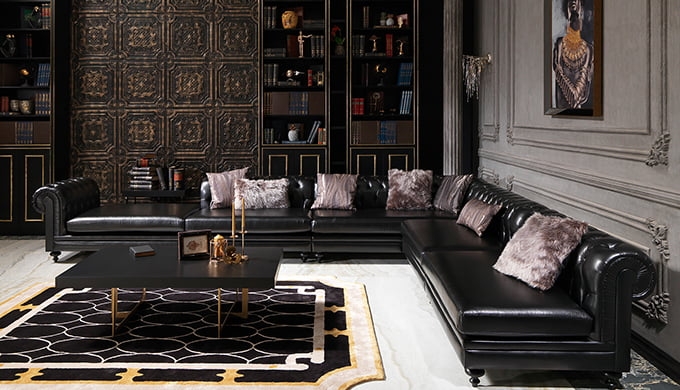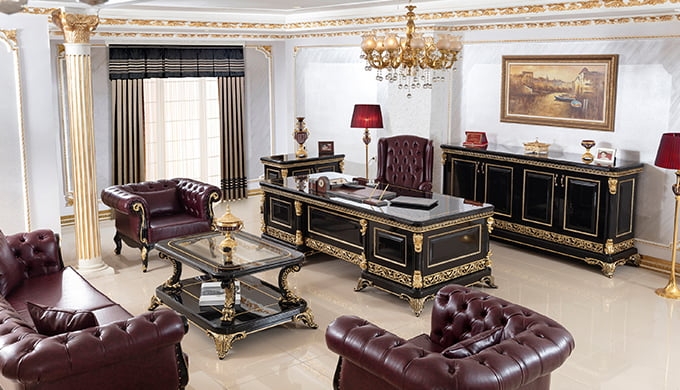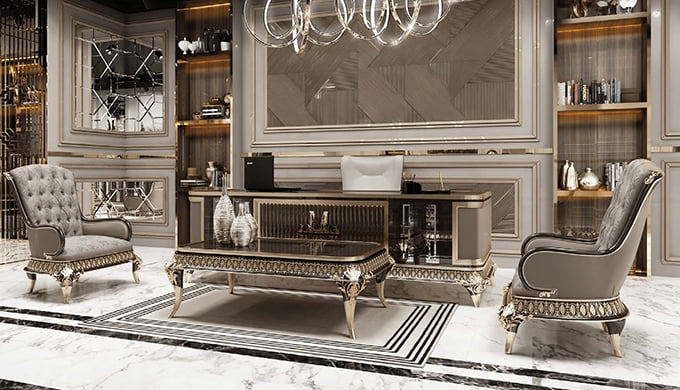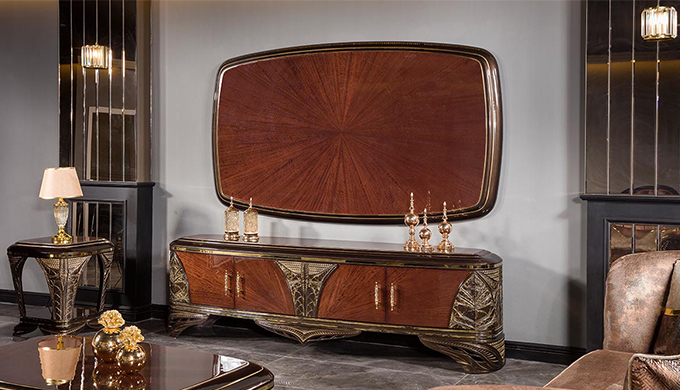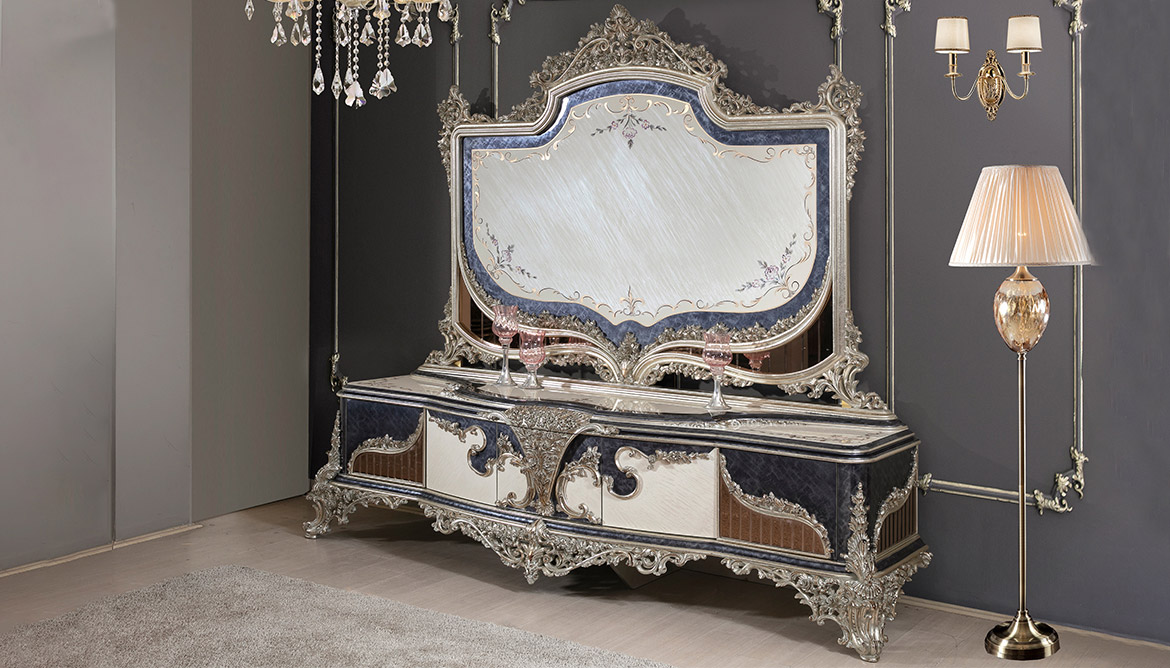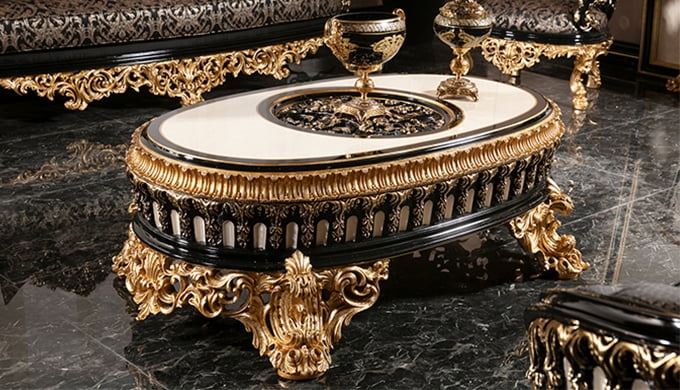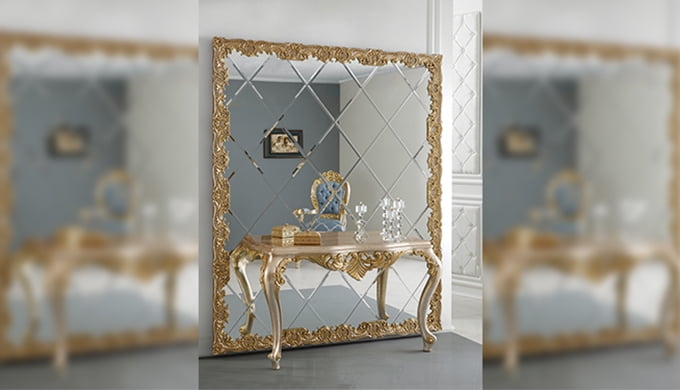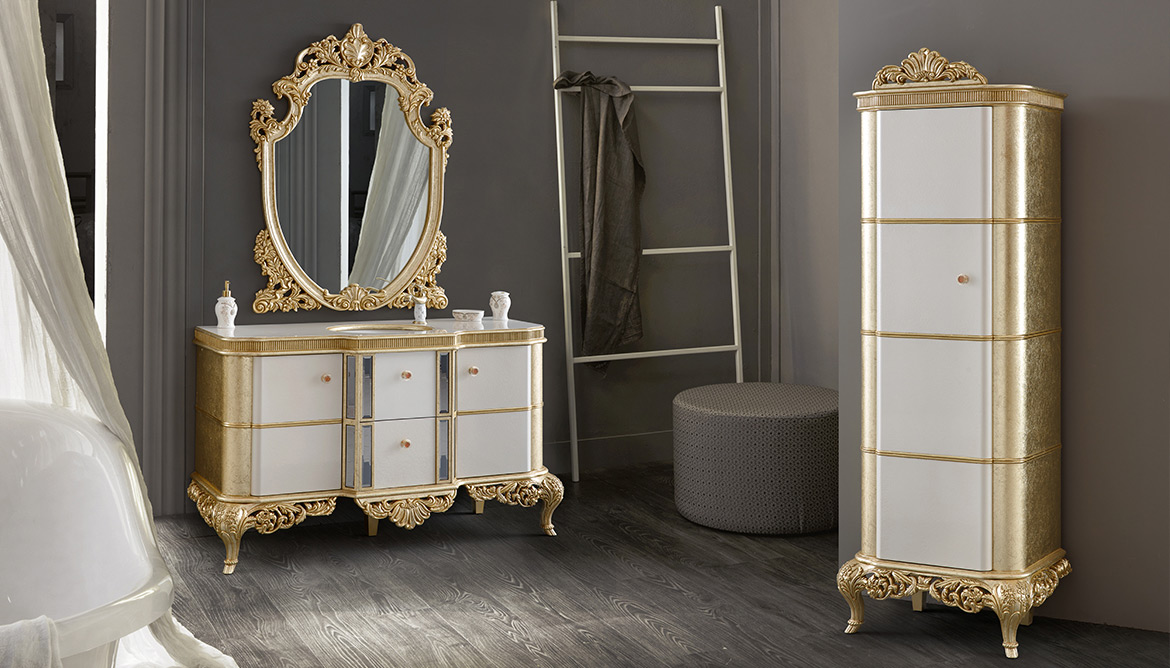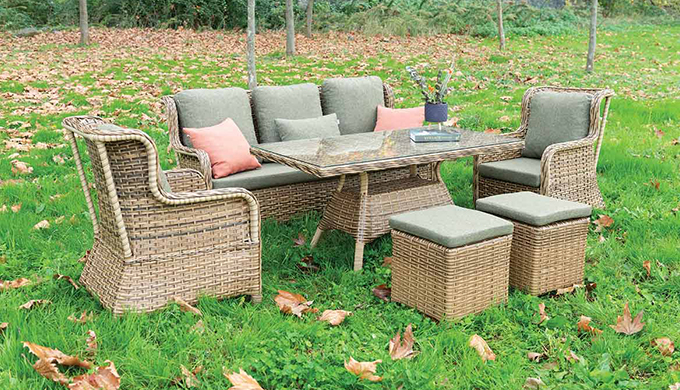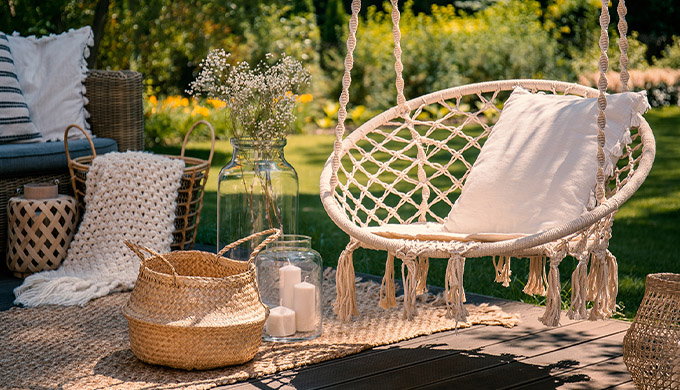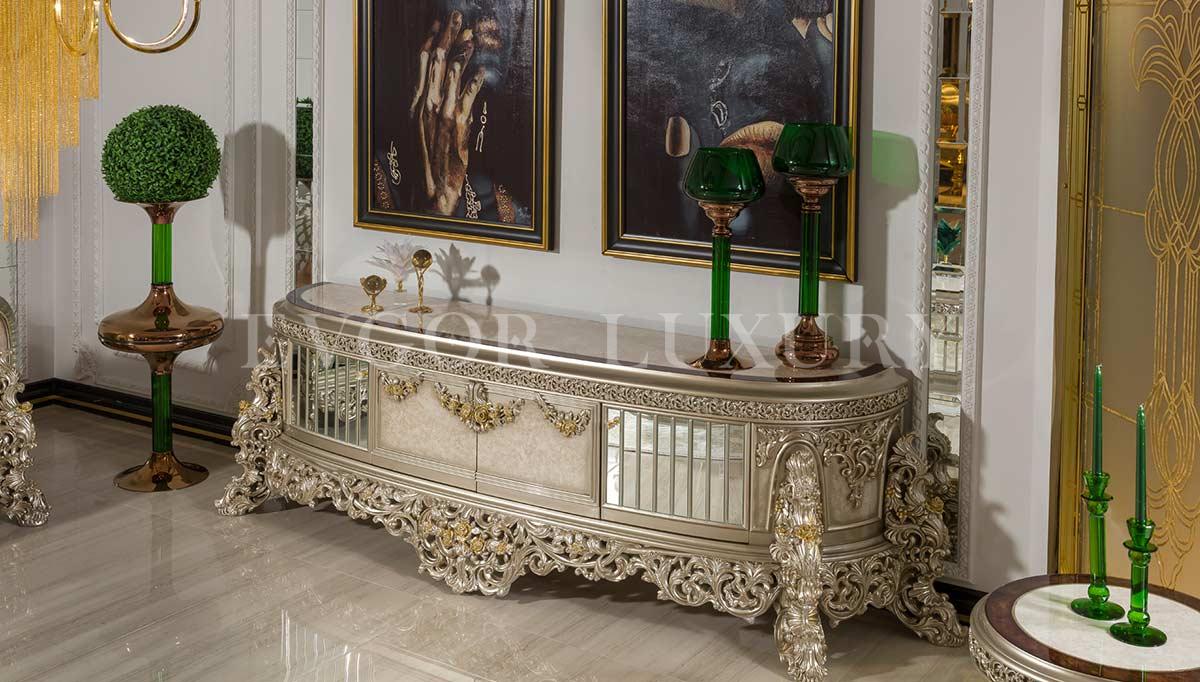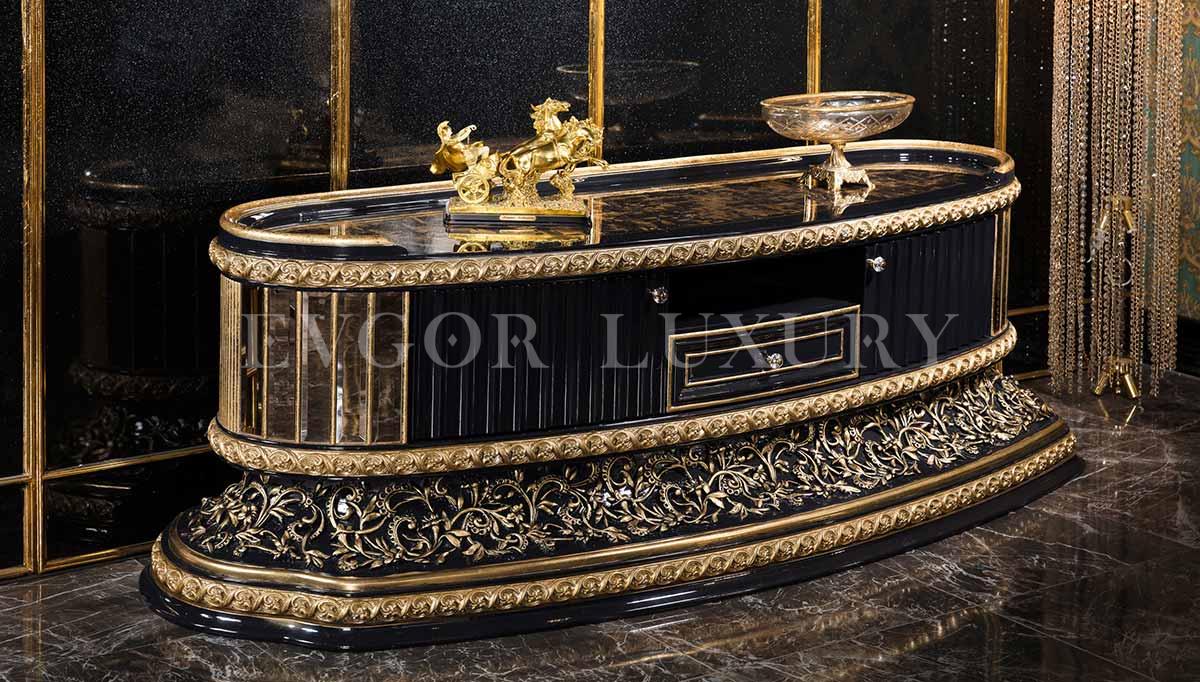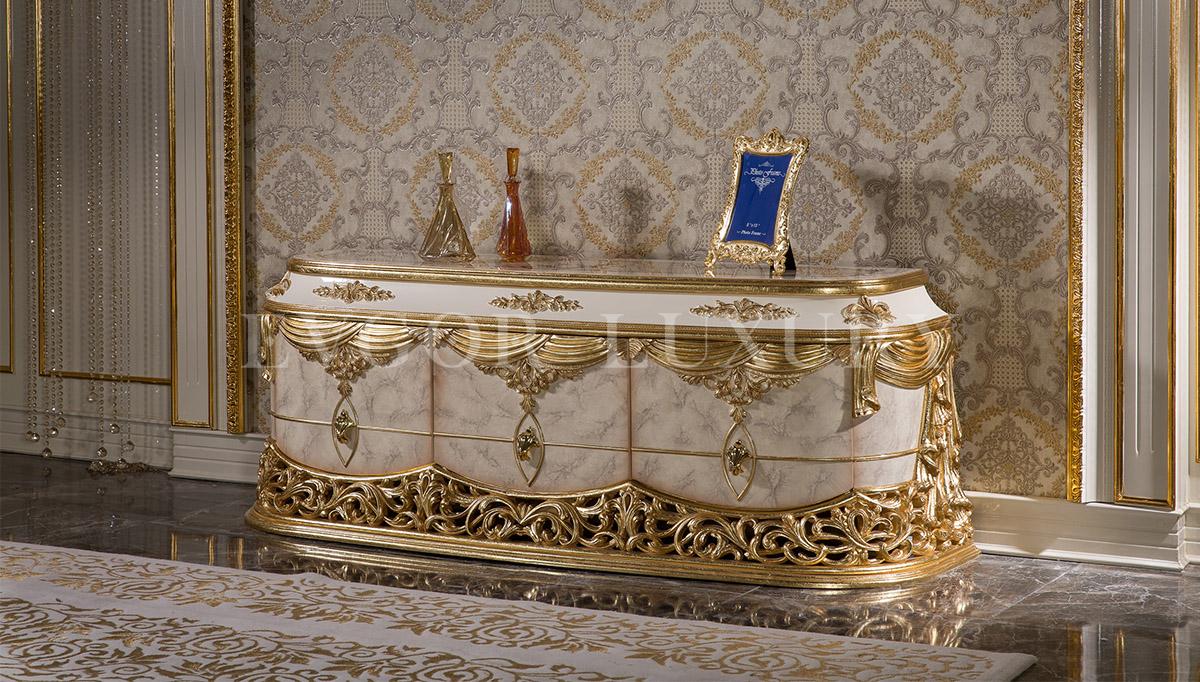TV Stand
A TV stand is a functional piece of furniture designed to support your television and provide storage for media equipment such as cable boxes, game consoles, and DVDs. With the variety of designs available, choosing the right TV stand involves considering the size of your TV, the layout of your room, and your storage needs. Here's an in-depth look at TV stands, including the different types available, key considerations for selecting one, and styling tips to enhance your living space.
Types of TV Stands
- Basic TV Stands: These are straightforward, typically featuring a flat surface for the TV and an open shelf or two for storing electronic devices. They are ideal for minimalistic setups.
- Cabinet TV Stands: Offering more storage options with enclosed cabinets, these stands are great for keeping media and accessories organized and out of sight. They often have doors which can be glass, solid, or a combination of both.
- Corner TV Stands: Designed to fit snugly into the corner of a room, corner TV stands help maximize space in smaller rooms or awkward layouts. They often feature triangular or angled backs to nestle against two walls.
- Entertainment Centers: Larger than standard TV stands, entertainment centers can encompass extensive storage and multiple shelves. They often frame the TV with additional bookshelves or cabinetry and are suitable for creating a central media hub in the room.
- Floating TV Stands: These are mounted directly on the wall, giving a modern look and freeing up floor space. They typically include minimal storage for a streamlined appearance.
Key Considerations When Choosing a TV Stand
- Size and Weight Capacity: Ensure that the stand is wide enough to accommodate your TV and sturdy enough to support its weight. Ideally, the stand should be at least as wide as the base of the TV, if not wider to provide a balanced look.
- Material: TV stands come in a variety of materials including wood, metal, glass, and particle board. Choose a material that complements the other furniture in your room and suits the durability requirements of your household.
- Storage Needs: Consider how much storage you need for your AV equipment, DVDs, remote controls, and other items. More cabinets and shelves might be necessary if you have a lot of media equipment.
- Style and Design: Select a TV stand that fits well with your room’s decor. Whether you’re looking for something modern, rustic, or traditional, the stand should integrate seamlessly with your interior design.
- Cable Management: Look for a TV stand with built-in solutions for cable management to keep cords neat and out of sight, which is essential for maintaining a clean and organized look.
Styling Tips for TV Stands
- Decorative Objects: Use the top of the TV stand to display decorative items such as vases, photo frames, or plants. Be careful not to clutter the surface, as this can distract from the TV viewing experience.
- Integrate Lighting: Adding soft lighting, such as table lamps on either side of the TV stand or installing under-cabinet lights, can create a cozy ambiance and reduce eye strain.
- Textiles: Place a small runner on the stand if the surface allows, or consider a rug underneath to anchor the space and add warmth.
- Artwork: Hang artwork or place a mirror above the TV stand to draw the eye upward and balance the presence of the television, especially in rooms where the TV isn't always the focal point.
- Balance: Keep the setup balanced by ensuring that items are proportionally placed around the TV. If the stand has multiple sections or shelves, distribute your objects and media equipment evenly to maintain symmetry.
